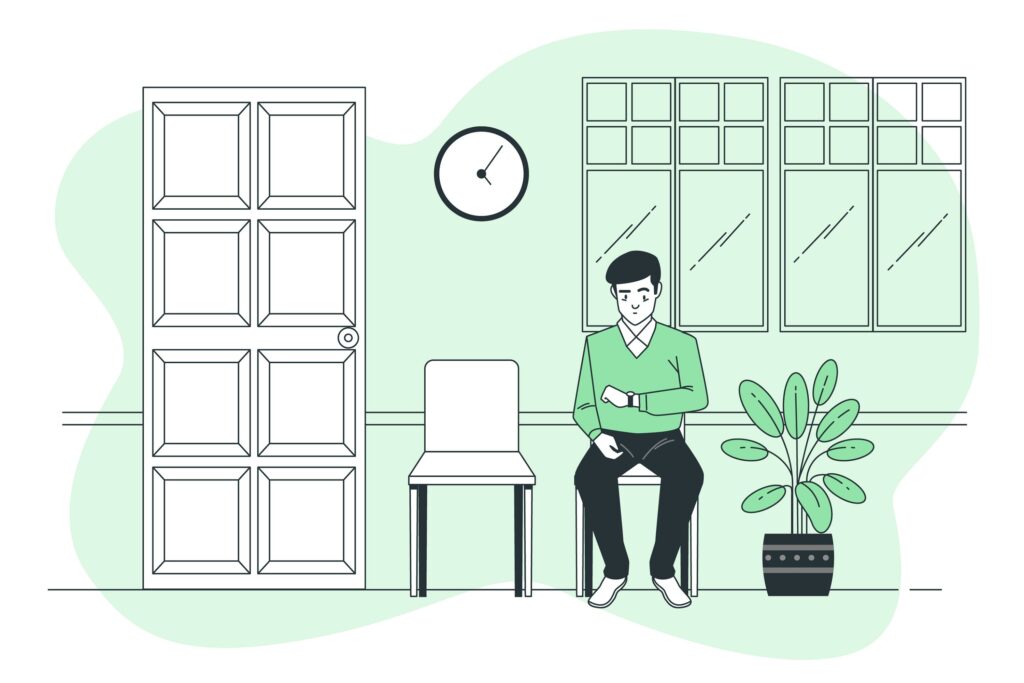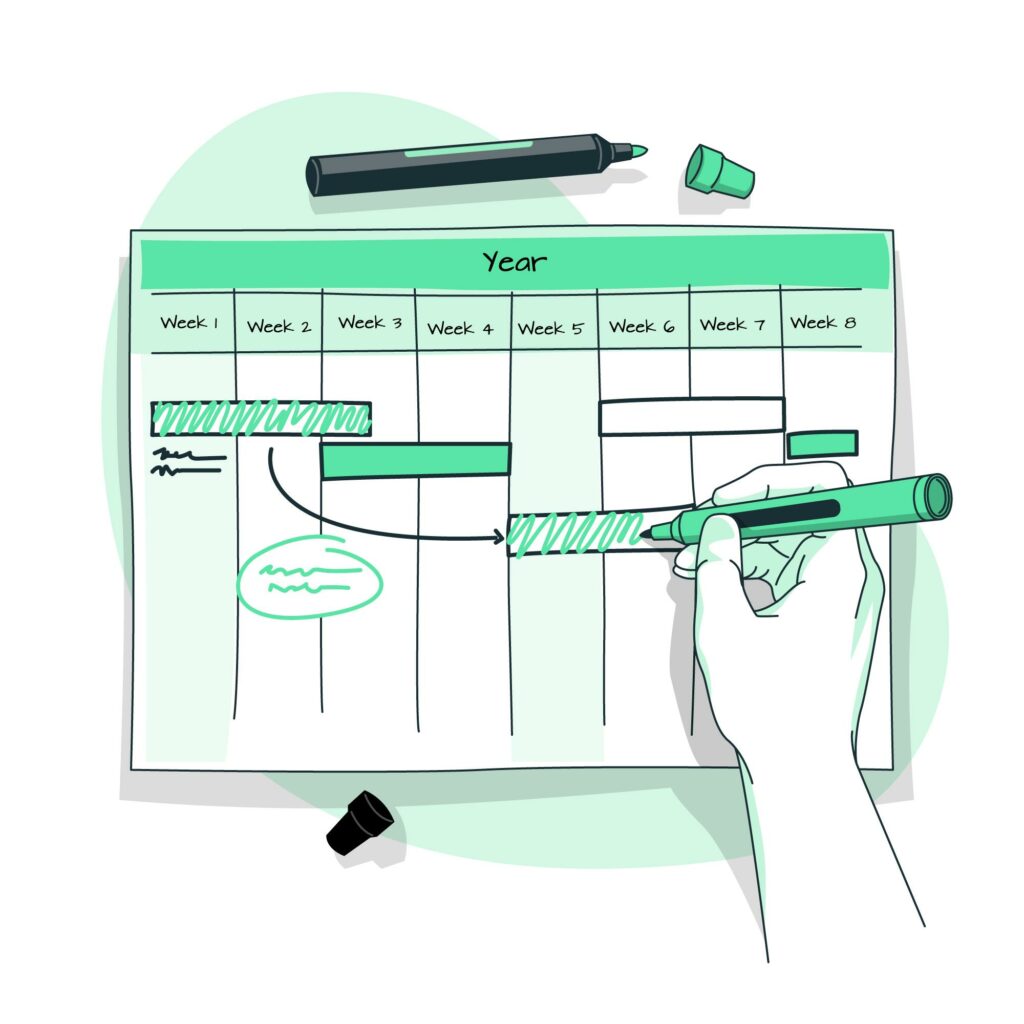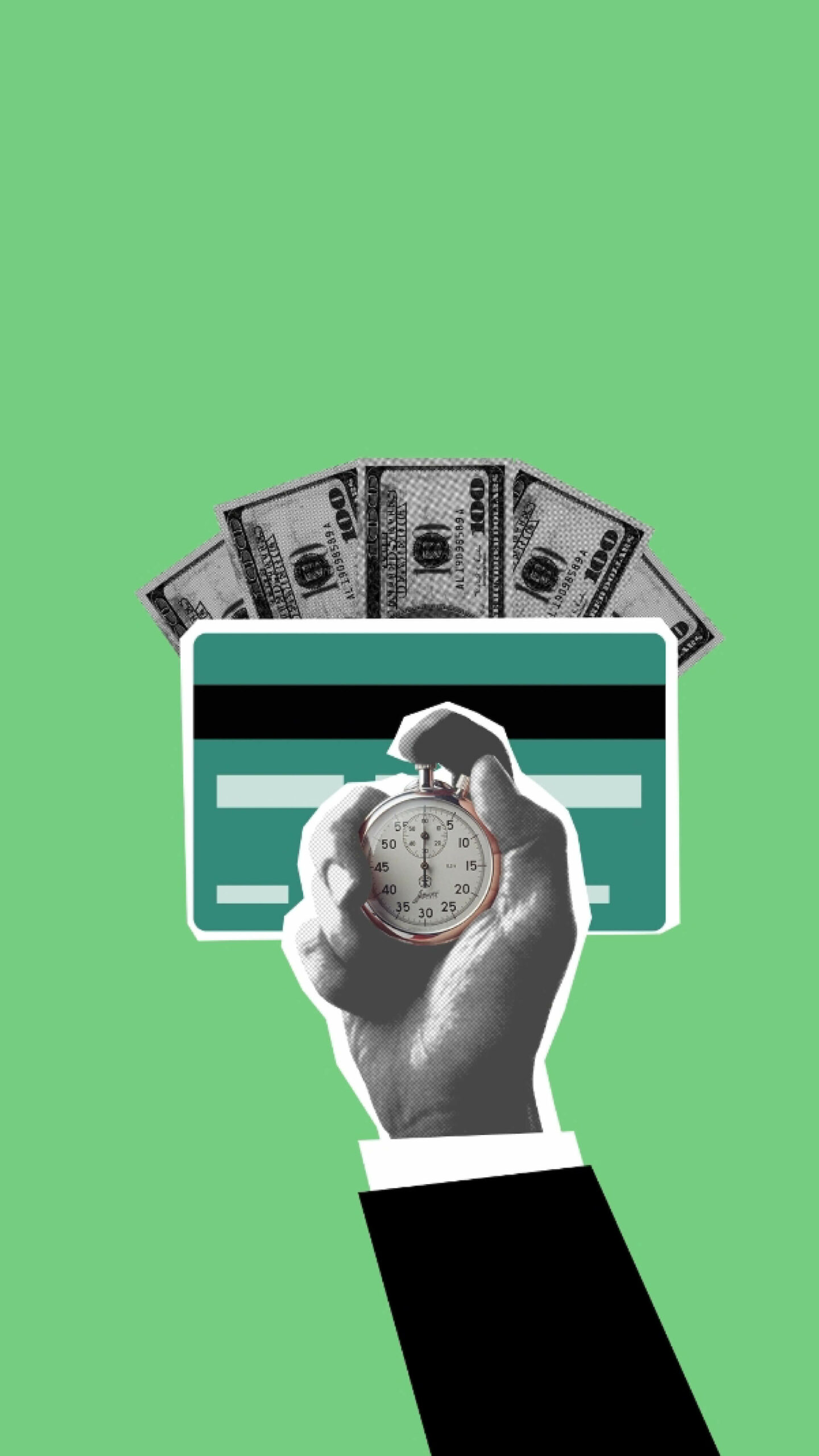What Is Dead Time?
Dead time is quite a technical term and is mostly used in engineering. It means: “A period of time during which a system or device is unable to respond or perform its intended function.” Or it is just a period of time a machine is idle and waiting. For example, if a machine takes 20 seconds to load raw materials and another 30 seconds to unload finished products, the total dead time would be 50 seconds. The actual work might take only a few seconds. This looks like a regular day at work for humans, too 🙂

Dead time meaning varies depending on the context. In personal time management; dead time refers to periods of inactivity or periods of time during which an individual is not productive or engaged in meaningful activities. This can include time spent on distractions or unimportant tasks, and time spent procrastinating, or time spent in meetings or other activities that do not directly contribute to achieving goals or completing work. These can include things like waiting in line, commuting, or even just scrolling through social media. While these periods of dead time might seem insignificant, they can add up to a significant amount of time over a day, week, or even a year. As a result, the time you lose in those activities may significantly impact your productivity and effectiveness, resulting in wasted time and effort, missed deadlines, and a lack of progress toward goals.
How to Manage and revitalize your Dead Time
To manage dead time effectively, you can use techniques such as prioritizing tasks, setting specific goals and deadlines, and using tools such as calendars and to-do lists to keep track of your progress and stay on track.
Time management strategies to revitalize your dead time:
- The Pomodoro Technique: Break your work into shorter, focused intervals separated by short breaks. The most common use is to work for 25 minutes and to rest for 5 minutes. That is called the Pomodoro cycle. After four cycles, you can have a long break. You can also adjust the working and resting times as you need.
- Eisenhower matrix: This helps to prioritize tasks based on their importance and urgency.
- Identify and limit distractions: Social media or emails. That can help minimize dead time.
- Prioritize tasks: Identify the most important tasks that need to be completed, and prioritize them. Use the time during the dead time to work on these tasks rather than wasting time on less important tasks or distractions.
- Organize your work: Use the time during the dead time to organize your work. This can include creating to-do lists, scheduling appointments, or cleaning up your workspace. Organizing your work can help to reduce stress and improve productivity.
- Take a break: Dead time can be a good opportunity to take a break and recharge. Use this time to relax, meditate, or engage in a leisurely activity that you enjoy.
- Learn something new: Use the time during the dead time to learn something new. This can include reading a book, taking an online course, or learning a new skill. Learning something new can help to improve job performance and increase job satisfaction.
- Network: Dead time can be a good opportunity to network with colleagues or other professionals. This can include attending networking events, reaching out to potential clients or collaborators, or connecting with other professionals on social media.
- Reflect: Dead time can be an opportunity to reflect on your work and personal life. This can include setting goals, reviewing progress, and identifying areas that need improvement. Reflecting on your work and personal life can help to improve productivity and overall well-being.
You can find more about time management strategies in our previous blog here.
It’s also important to note that managing your time also means managing your energy, not just time. Dead time can also be caused by physical or mental fatigue, or lack of motivation, so managing energy can also be an important aspect of time management. Regular breaks, exercise, and adequate sleep are important for maintaining energy levels throughout the day. It’s also important to set realistic goals and not overwork because burnout can be a significant cause of dead time.
All the mentioned techniques are ways to manage your dead time, but one of the most effective methods is time blocking.
Use Time Blocking for dead time management
One very efficient way to decrease dead time is to be more mindful of how you use your time. Being mindful requires a lot of mental power. To reduce the mental power, you need to plan things ahead and make being mindful into automatic action. This means setting aside dedicated blocks of time for focused work and being more strategic about how we spend our downtime. Basically, you open your calendar and allocate blocks of time for specific tasks or activities. That helps you to stay on track, and by practicing this method, you will never ask yourself what you will do next. Because you already planned it 😎

To start blocking time, identify the key tasks or activities that need to be accomplished in a day or a week. These could be work-related tasks, personal errands, or anything else that is important to you. Next, assign a specific block of time for each task or activity. Be sure also to include time for breaks, meals, and other necessary activities. If you anticipate and plan you can also block dead time too!
It’s important to be realistic when assigning time blocks, as overestimating the required time required for a task or activity can lead to disappointment and frustration. It’s also important to include buffer time if a task takes longer than expected.
Once the time blocks are established, stick to them as closely as possible. This can be challenging at first, as it requires discipline and focus. However, over time, it will become easier to stay on track, and the benefits of time blocking will become more apparent.

It’s also essential to review and adjust the time blocks regularly. This will help identify areas where time is wasted, or tasks are taking longer than expected and make adjustments accordingly.
Another way to block time is to use the technique of time-boxing. In this technique, you assign a specific time period, such as 25 minutes, to a task. Once the time is up, the task is completed, or if not completed, scheduled for another time-boxed session. This technique is helpful in increasing focus, setting clear priorities, and avoiding procrastination. This is another way of implementing the Pomodoro technique as well.
Using this technique will create a well-planned calendar for you, and it will help to improve productivity, reduce stress and increase overall well-being.
Ways to Use Dead Time
No matter how we box our time and do great planning, there will be some dead time. Nothing in life is perfect, but stay vigilant, I have more time management tricks for you 🙂

Now, let’s talk about ways to use dead time effectively. One way to do this is to use dead time as an opportunity to learn something new. For example, if we find ourselves with a few minutes to spare while waiting in line, we could use that time to read a few pages of a book or watch a short educational video. Podcasts are also a great source of knowledge, and it is quite popular these days. Give it a try!
Another way to use dead time effectively is to use it as an opportunity to relax and recharge. While it’s important to stay productive, it’s also important to take breaks and recharge. Dead time can be the perfect opportunity to step away from work or other obligations and relax for a few minutes. This could involve taking a few deep breaths, going for a walk, or just sitting and enjoying the present moment. You can also enjoy social media too. But don’t get dragged into it. If you feel you get lost in infinite scrolling, set a countdown alarm.
Wrap-Up
In summary, dead time is a term that refers to periods of inactivity or downtime. To block dead time, you can be more mindful of how we use our time and plan our tasks in advance by a simple calendar app. You can also use dead time effectively by learning something new or taking the opportunity to relax and recharge. By being more aware of dead time and finding ways to use it effectively, you can make the most of every moment and be more productive and fulfilled.
It’s important to note that not all dead time is the same, and what works for one person may not work for another. It’s important to find what works best for you and to be flexible in utilizing dead time. Additionally, It’s important to have a balance between utilizing dead time productively and taking time to relax and recharge. Productivity matters, but we are not robots😀





